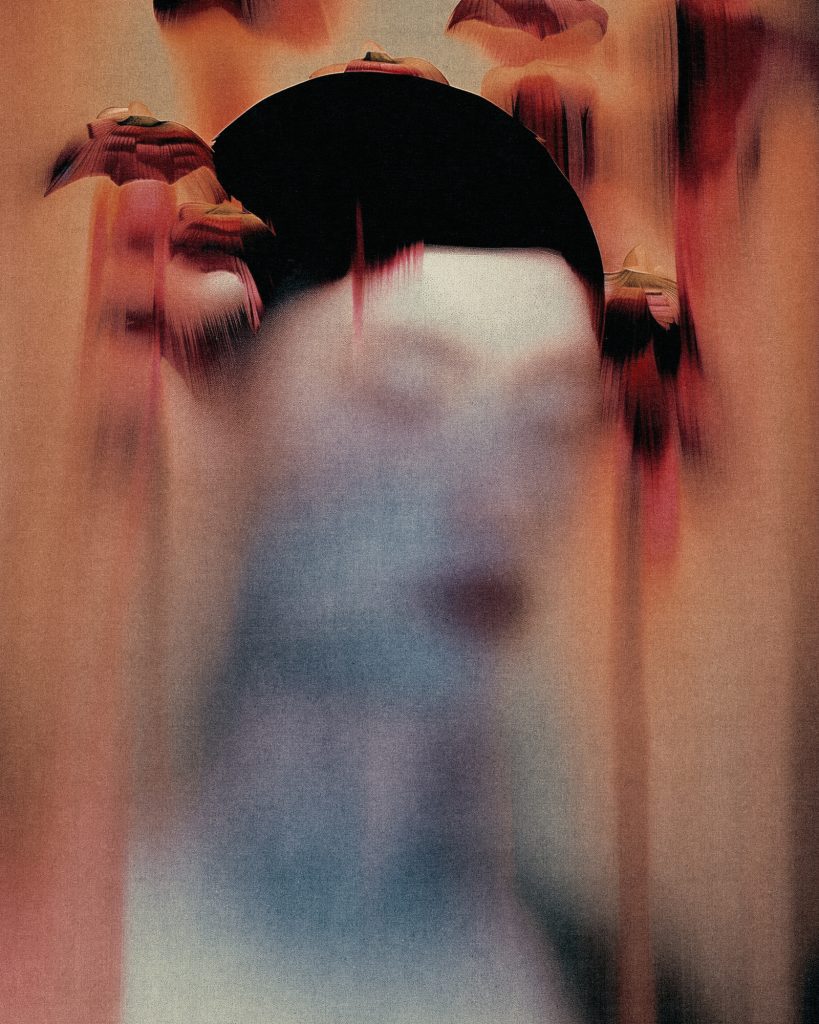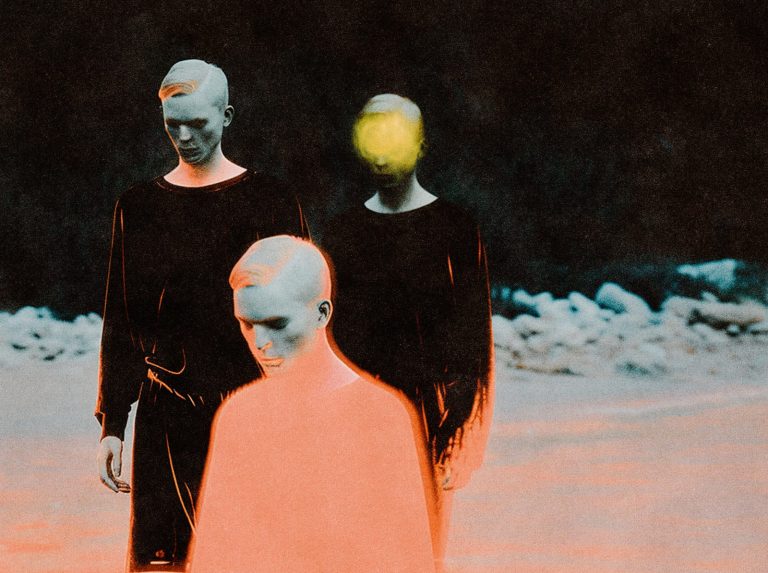Since 2021, SERIFA has been dedicated to their art, using AI to redefine traditional boundaries and pioneer new forms of visual expression. Inspired by the mantra ‘ART EVERY DAY’, they are on a daily creative journey. Through a captivating dialogue with Nastassja Abel and Christian Otto, discover how their innovative use of AI technology reshapes perceptions of creativity and imperfection, ushering in a new era of visual expression and explore their pioneering approach, influenced by diverse inspirations from fashion to Japanese culture, as they navigate the interplay between control and serendipity in their mesmerising creations.
hube: Your artistic journey into AI art began via NFTs in 2021. How has this shaped your perception of AI’s potential over time?
Nastassja Abel and Christian Otto: Innovation and technological milestones such as blockchain and AI are highly celebrated in the NFT space. This led to the early visibility of AI art on platforms like Foundation and OpenSea. Curious about this, we tested AI tools very early and were immediately convinced that this technology offers us new ways to express ourselves visually.
h: Your work is heavily influenced by a variety of sources, including fashion, Japanese culture and hip-hop. How do these diverse inspirations inform the unique aesthetic of SERIFA?
NA&CO: Inspiration for our work often comes from sources unrelated to other AI artists. Our creations embrace the imperfect and incomplete, seeking beauty in the transient and the ruined. The fascination stems from Japanese traditions such as Wabi-Sabi, which celebrates imperfection and the ephemeral nature of everything.
In our art, we incorporate noise over our images and embrace imperfections. Contrasting with mainstream media’s pristine and often superficial aesthetic, our approach embraces a more natural and rugged authenticity.

SENSE OF PLACE

